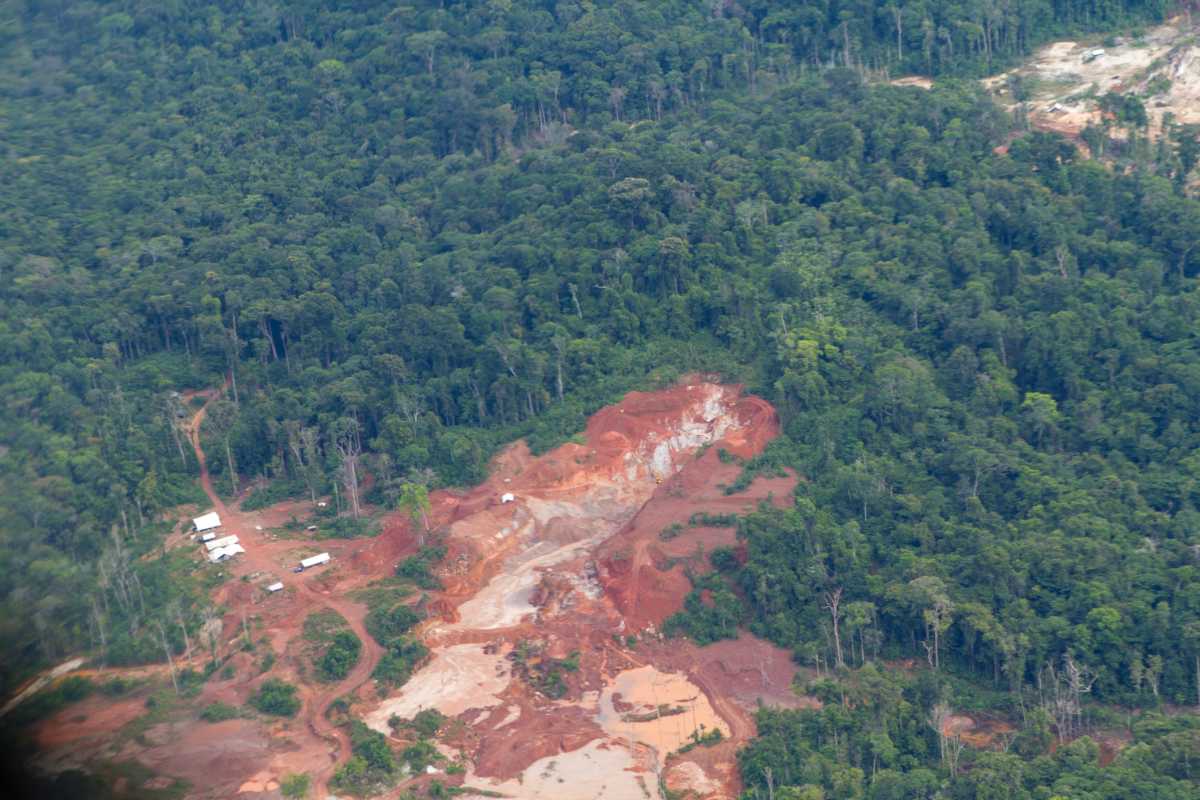What Amazon Rainforest Trees Can Tell Us About Decades of Damage From Illegal Human Activities

The Amazon rainforest, one of the largest remaining tropical rainforests on our planet, faces several threats that are slowly damaging its rich biodiversity. Illegal logging, rapidly increasing global warming, and gold mining are some of the major threats that have damaged vast areas of the forest, while different kinds of pollution are also contaminating the water bodies in the region. In recent news, scientists have discovered that trees in the Peruvian Amazon are silently preserving the history of human activity, including the destructive impacts of gold mining. As per the reports, since the 2008 global financial crisis, illegal gold mining has dramatically increased in the Peruvian rainforest.

While tree rings in the rainforest have long revealed the age of a tree and past climate changes, new studies have shown that they can also expose the impacts of harmful gold mining activities. A team of experts, led by scientists from Cornell University, made this discovery after conducting detailed fieldwork in the Amazon. They shared their results in a study titled, 'Ficus insipida tree rings as biomonitors for gaseous elemental mercury in the artisanal gold mining-impacted Peruvian Amazon.' It was published by the journal Frontiers in Environmental Science. The team began by extracting core samples from fig trees across five different locations in the rainforest.

Their extensive observation of the samples revealed that trees located near mining towns contained much more mercury than those in the remote areas, as reported by Popular Science. They also found that the increased mercury levels matched the surge in mercury use from gold amalgam burning that began around 2000. One of the authors of the study, Jacqueline Gerson, spoke of this and said, “We show[ed] that Ficus insipida tree cores can be used as a biomonitor for characterizing the spatial and potentially the temporal footprint of mercury emissions from artisanal gold mining in the neotropics.”
As reported by IFLScience, much of the mercury released into the environment comes from small-scale, often illegal gold mining deep in the rainforest. Speaking of the process, miners combine mercury with gold-containing soil to create an amalgam, which allows them to separate the gold from the dirt. They then heat the amalgam to evaporate the mercury, leaving the raw gold behind. The vapor released in this process is also absorbed by nearby trees. However, while the rings of trees reveal when mercury contamination started increasing, they don’t provide exact hints about where the illegal mining activities are taking place.

Meanwhile, in recent years, Madre de Dios has been facing major issues due to a new gold rush. While cutting down forests for farming and other commercial purposes is harmful to the environment, gold mining is also growing fast and causing more harm. This destroys the habitats by adding toxic chemicals to the land and water, making life harder for animals, plants, and local communities. In some cases, it has also been recorded how some careless miners have had violent arguments with tribal communities in the region, sometimes even going as far as taking over their villages and killing their leaders.
More on Green Matters
Fun Facts About the Amazon Rainforest — One of the Most Biodiverse Places in the World
Deforestation Could Turn 40 Percent of the Amazon Rainforest Into a Savanna
This Amazon Experiment Ran For Over 20 Years And It Show What May Happen If The Forest Dries Out